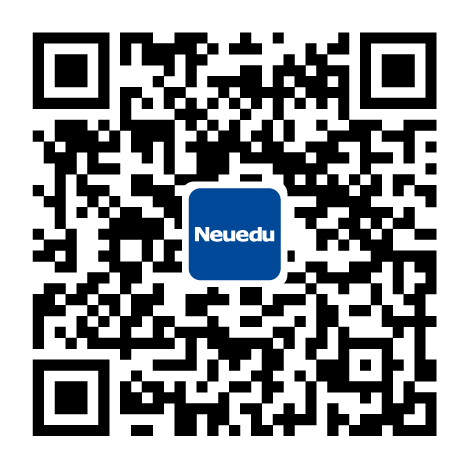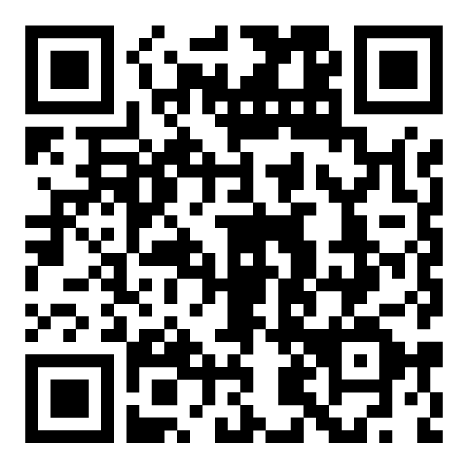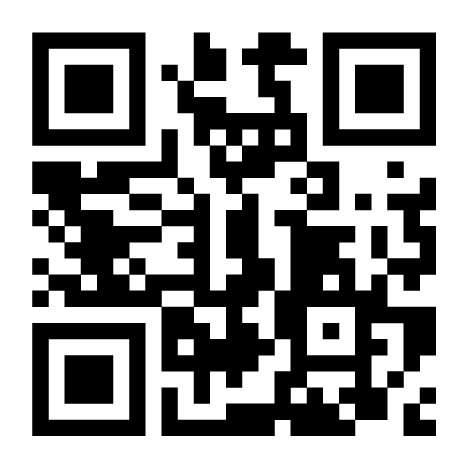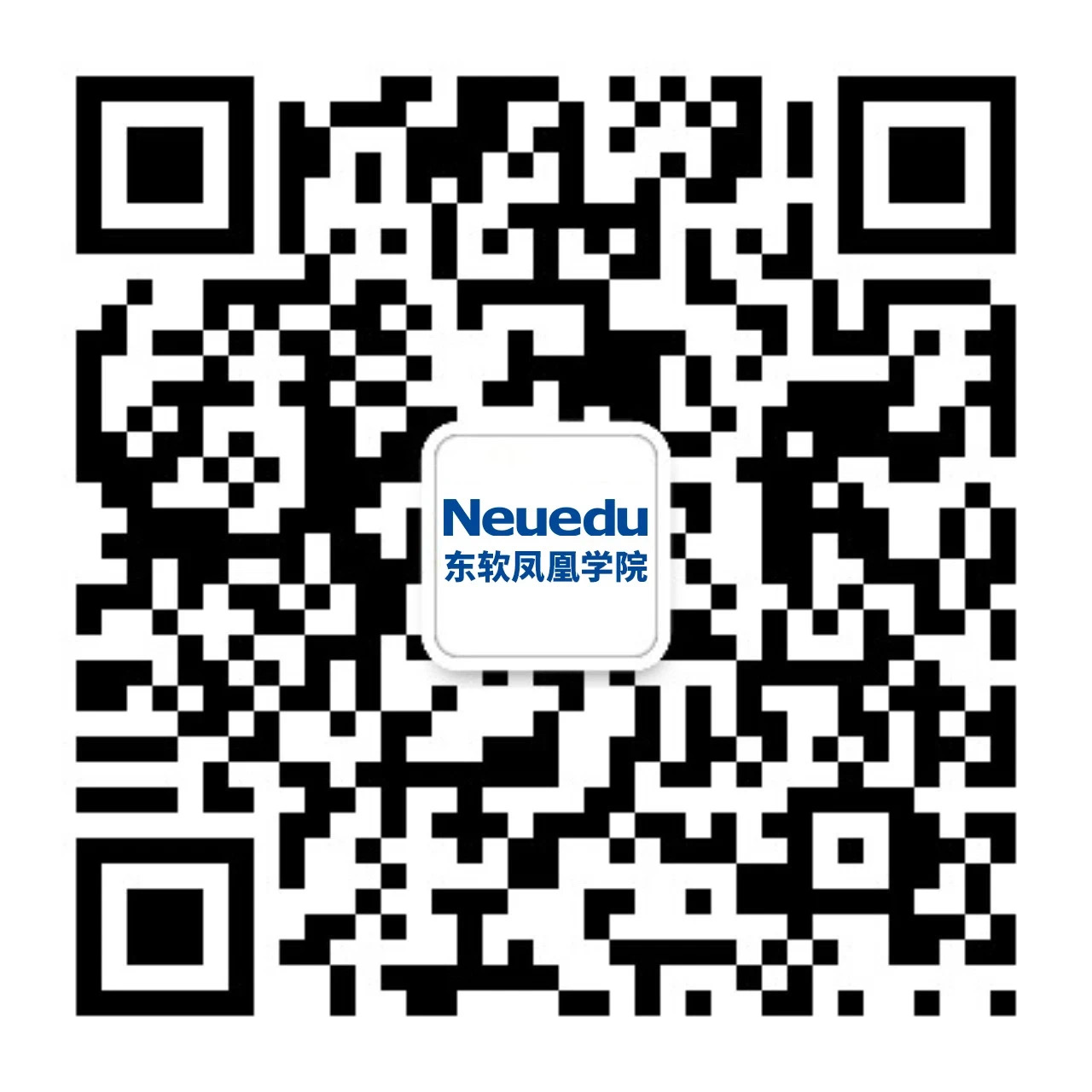The primary focus of the large model training lab lies in leveraging large models and retrieval enhancement generation, combined with a vast corpus, to achieve intelligent retrieval and generation of domain-specific knowledge. This ultimately enhances the efficiency and accuracy of knowledge application. The training lab facilitates multimodal understanding by analyzing both uploaded images and texts provided by users. It responds to user queries related to the uploaded materials, providing comprehensive answers. Furthermore, it undertakes the collection, organization, creation, training, and application of knowledge bases. Specific implementation includes large language models (LLM), retrieval enhancement generation (RAG), construction and training of knowledge base systems - all supporting various roles such as artificial intelligence trainers and developers.
New Upgrade - Virtual Teaching Assistant("VTA")
On the basis of the original knowledge Q&A function based on LLM (large language model) and RAG (search enhancement generation), the VTA is generated by simulating video and audio of real people.
VTA:
- Non-real-time VTA
- Full-scene mimicry VTA (real-time VTA)
Applicable majors: artificial intelligence engineering technology/computer related majors
Course products: professional basic courses, professional core courses and professional expansion courses in the direction of large models
Project products: multiple projects around large model-based applications, installation and deployment
Applicable scenarios: professional teaching, comprehensive training, competition training
Feature
Keep up with the latest trends
The project is centered around two cutting-edge topics: large-scale models and Artificial Intelligence in General Context (AIGC), and it is being practically implemented, encompassing the practical application of Language Model with Large-scale knowledge base (LLM) combined with Retrieval-Augmented Generation (RAG), as well as the real-world application scenario for enterprises based on a knowledge base Agent.
Wide technical coverage
The students' skills are enhanced in various areas, including operating systems, containers, large models, RAG (Retrieval-Augmented Generation), application software, front-end UI development, docker principles and deployment, vector databases, knowledge base application engineering. This strengthens their ability to integrate theoretical knowledge with practical experience.
The core technology incorporates the latest and widely adopted LLM (Large Language Model), RAG (Retrieval Enhanced Generation), Embedding, Vue, and SpringBoot frameworks. It is designed to be encapsulated-friendly and loosely coupled, facilitating an easy learning experience for students.
Diversified scenarios
The system not only facilitates practical teaching for teachers but also serves as an educational assistant, providing round-the-clock answers to students' common questions regarding courses and practical training. Additionally, it offers online customer service with automated responses to inquiries, enhancing service efficiency and user satisfaction. Moreover, it extends its support by offering psychological counseling services to understand and address users' emotional needs.
VTA of low cost and high performance
VTA acts as personalized teaching assistant to make learning more lively and interesting. Compared with human assistants, the production cost of VTA is lower, and a model training can be used multiple times. The short video production capacity can be enhanced by over 10 times, facilitating both individual and collaborative usage. The production efficiency of VTA will continue to increase as more sound materials, text materials, video materials, and personal image materials are accumulated.






 辽公网安备 21029602000700号
辽公网安备 21029602000700号